The HydroShock Ocean Launch Research Rocket utilizes advanced electrolysis to split water into hydrogen and oxygen providing it with unlimited fuel and range. It can cruise at 40 mph on the ocean's surface using 10% power. Or, launch itself into the upper reaches of the atmosphere. It's built for exploration and scientific research. To launch extend the nacelle booms (AG-1 and VTOL down) Rotating the engines and deploying the HydroShock impact absorption system (AG-2 and VTOL down) will speed up the process but isn't strictly necessary to get the rocket in launch position. In most cases AG-1 and AG-2 will both be activated for standard maneuvering. Once the rocket is vertical and stable retract the booms (AG-1 VTOL center) make sure the engines are pointed down (AG-2 VTOL center) apply full power until clear of the water. To land turn off engines and begin to fall. Once the rocket is falling nose first deploy the booms and flip the engines. AG 1, 2 VTOL down. The rocket can survive a splash down using only the boom fins to slow the decent but it's generally a good idea to use the engines to soften the impact. Use as needed. A non water landing is theoretically possible but has not been tested as yet. If the rocket stays inverted after landing, retracting and extending the booms will put it back in launch position. Good luck!
Specifications
General Characteristics
- Successors 2 airplane(s)
- Created On iOS
- Wingspan 32.5ft (9.9m)
- Length 55.0ft (16.8m)
- Height 23.0ft (7.0m)
- Empty Weight 36,408lbs (16,514kg)
- Loaded Weight 39,325lbs (17,837kg)
Performance
- Power/Weight Ratio 4.8
- Wing Loading 95.8lbs/ft2 (467.9kg/m2)
- Wing Area 410.4ft2 (38.1m2)
- Drag Points 12445
Parts
- Number of Parts 216
- Control Surfaces 11
- Performance Cost 1,101

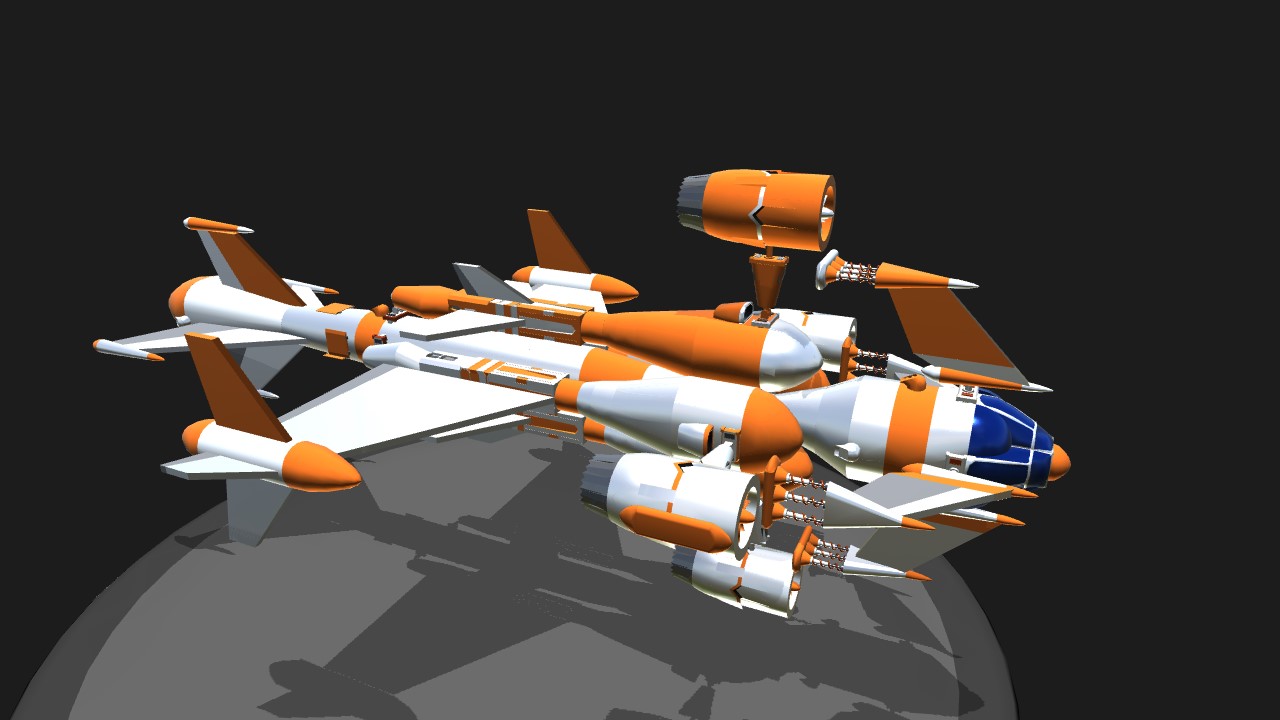
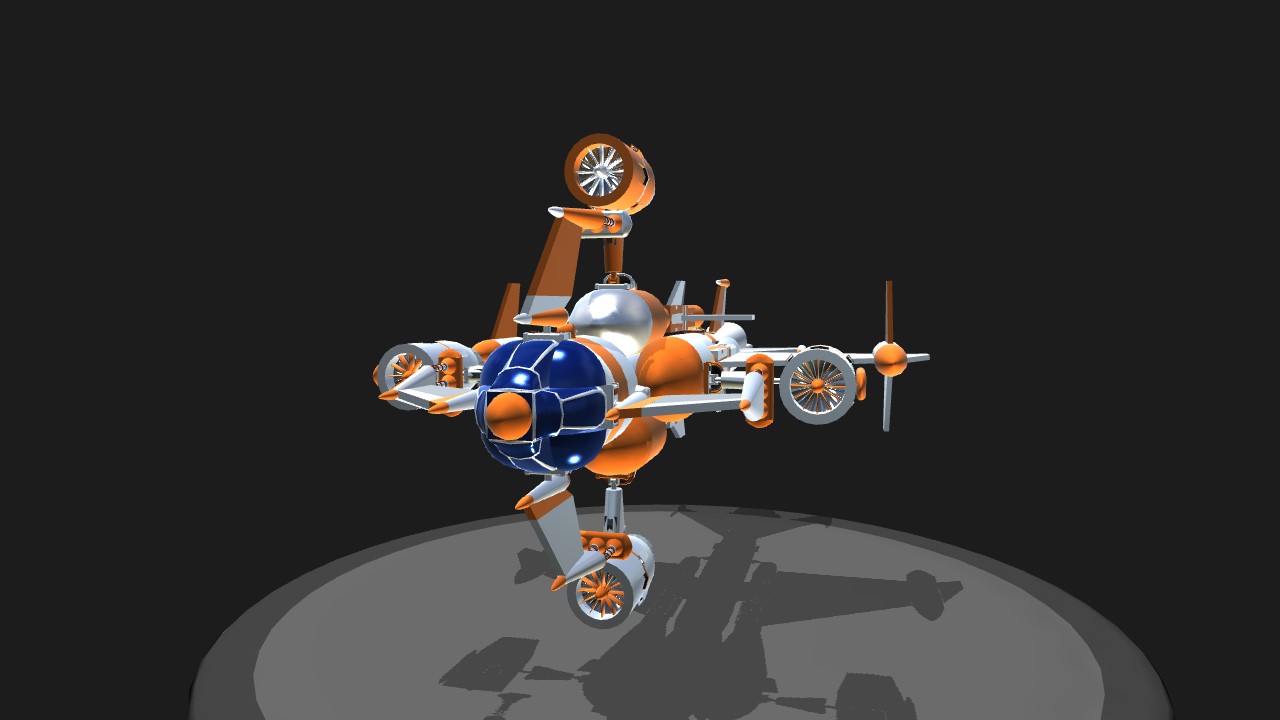
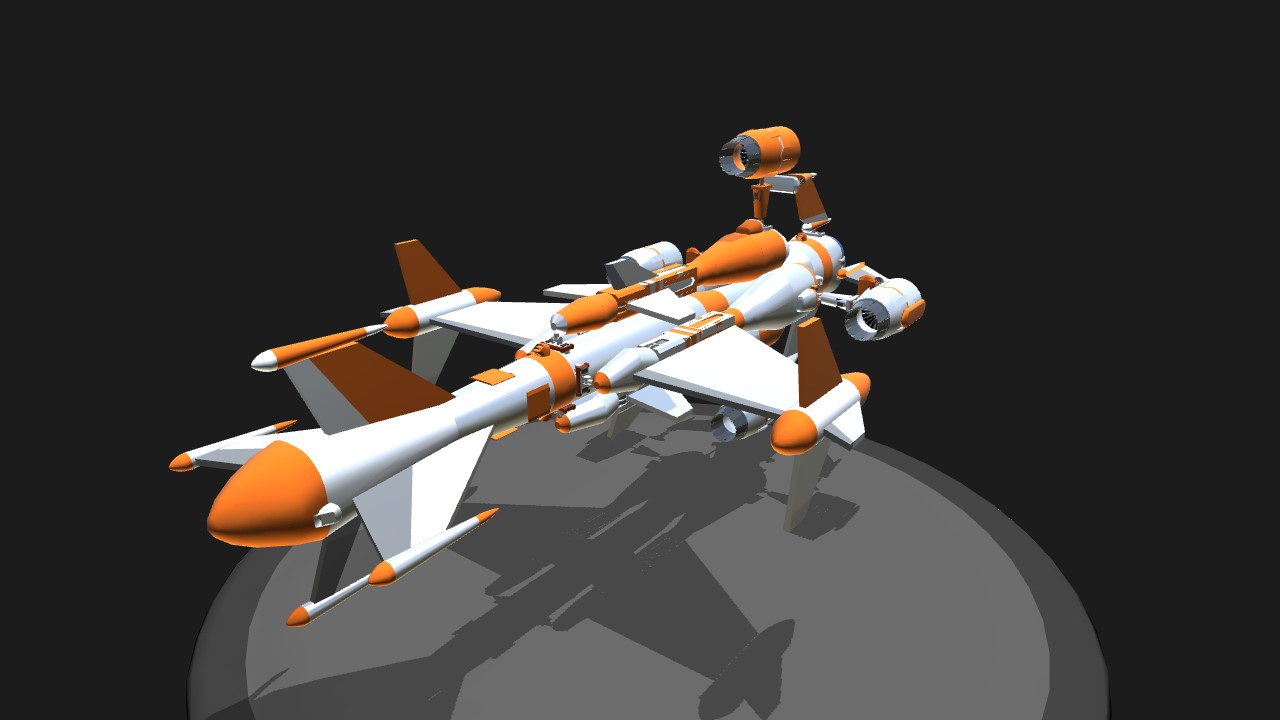
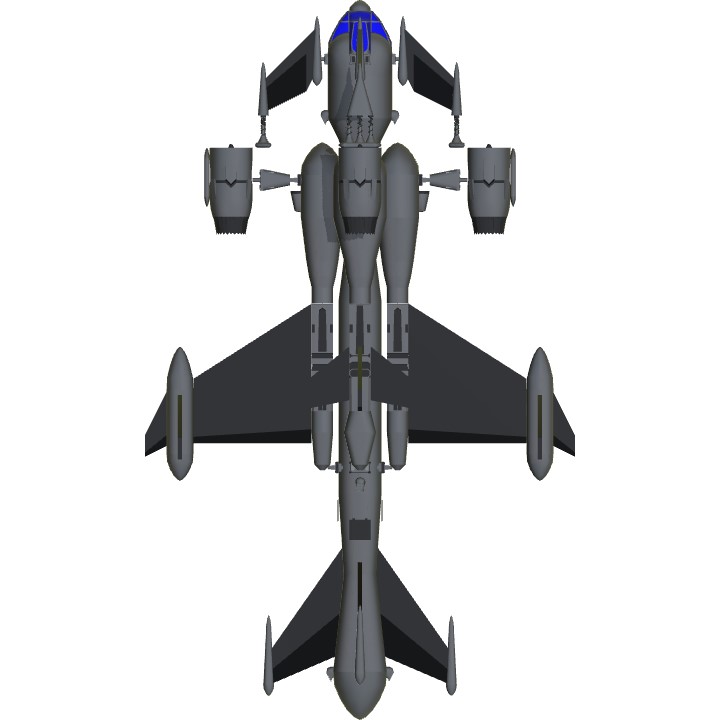
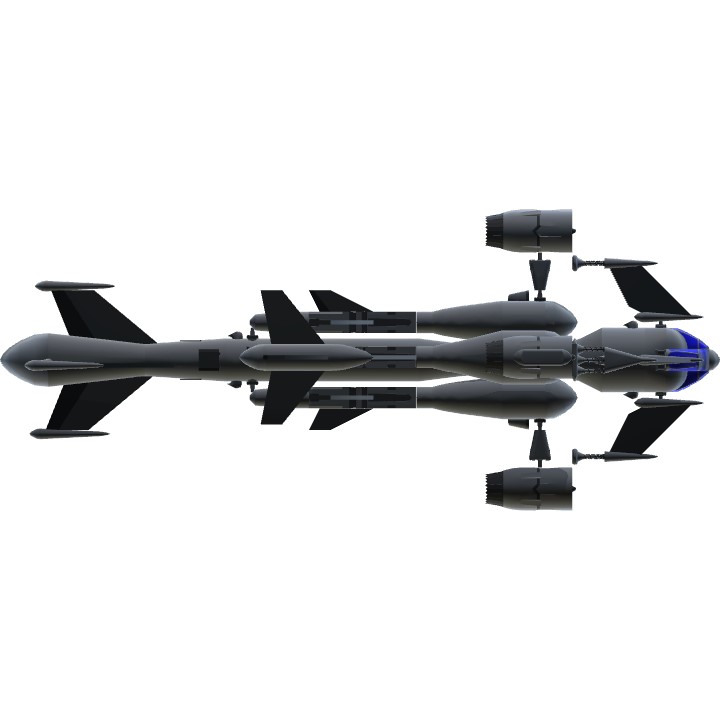

Thanks! @Bronzewing
raises thumb
Thank you! @salisbey
Thank you! @OldColonel
Thank you! @Dimetrodonscantfly